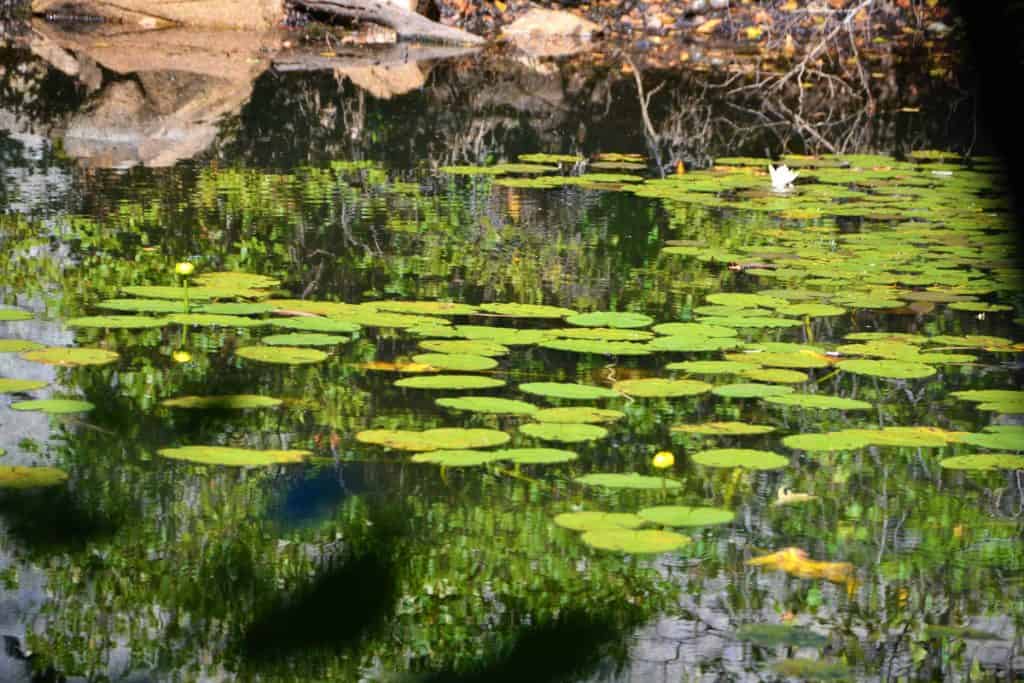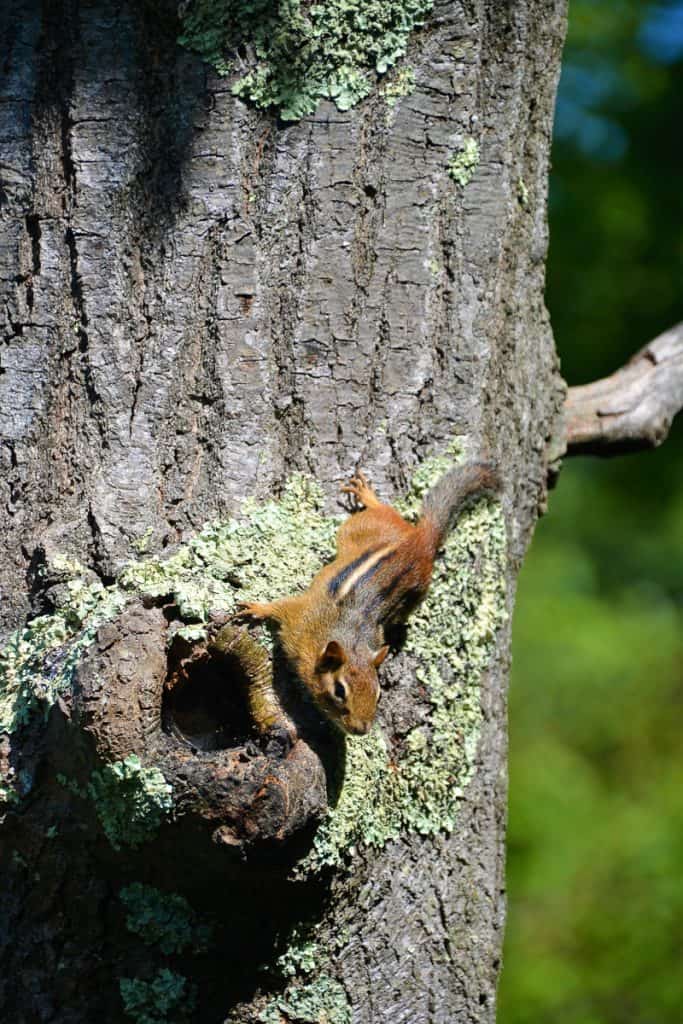Here’s what’s blooming in town this week to make your walks more enjoyable
One of the greenest areas in town is Breakheart Reservation, with its refreshing ponds and paths beneath shady trees. It’s a good place to enjoy nature before heading back to school or buckling down to fall projects. The current story walk celebrates Monarch butterflies, and there are many paths to stroll as well as the sandy beach for relaxing.
On Silver Lake in Breakheart Reservation, there are a number of plants that bloom through the summer. Fragrant water lilies (Nymphaea odorata) are among the most easily recognized, with sweetly scented pure white flowers that float on the water surface as do its leaves. This species is native to North America and is quite cold hardy – when fall comes, leaves will sink down to the bottom of the pond, and new ones will grow next spring. It is sometimes called the American white water lily. It is most often pollinated by beetles.
Other kinds of water lilies and pond plants are often planted in manmade, ornamental ponds designed for this purpose. Some are designed so that they can be easily drained for cleaning at the end of the season. These are well adapted to tropical water lilies, which do not survive our winters, but which are available in a wide range of colors and may even have variegated leaves with reddish coloration in addition to green. Hardy non-native species should not be introduced into natural ponds or other bodies of water where seeds or other plant parts get washed downstream and spread into other ponds.
It is usually recommended that lily foliage be trimmed back if it spreads to cover more than half of the pond, so that the reflective qualities of the water can be enjoyed. If lily pads cover the entire surface of the pond, it can become dangerous – people and animals may not realize the leaves are just floating on water and plunge right into the pond by mistake. In some small ponds, the buildup of decaying lily leaves may result in raising the soil level to the extent that the landscape is no longer concave, and the pond eventually disappears. There is no danger of this happening in Silver Lake, because the pond is very large and the water lilies can only grow in very small patches where the water is five feet deep or less. Wherever the water is much deeper, the petioles of the lily leaves cannot grow long enough to reach from the soil under the pond where the rhizomes and roots grow to the pond surface where the leaves must float. If the leaves are not at the surface, they cannot collect the sunshine necessary for photosynthesis.
Yellow pond lily (Nuphar lutea) is a plant with a very wide native distribution across Europe, Asia, North America and parts of Africa. Fossils of seed pods have been found from before glaciation. Many cultures have used parts of the plant, especially the leaves, as food and medicine. Like its relatives the water lilies, its leaves float on the surface of the water while roots grow in mud at the base of the pond, and in the growing season stalks connect the submerged and floating parts. The yellow flowers bloom throughout the three summer months. Many kinds of bees and flies are particularly drawn to the strongly scented nectar, but other insects, including aphids, can play a role in pollination of these plants.
Not surprisingly, a plant so widely distributed as the yellow water lily can be known by many names. Some of its nicknames refer to the shape of parts of the plant. Mulefoot refers to the somewhat hoof shaped leaf or “lilypad” that floats on the pond surface. It is sometimes called brandy bottle, because the fruit that appears after the flower has been fertilized looks like a small green bottle with a narrow neck, and the nectar in the blossom smells to some people like brandy. Another common name, spatterdock, refers to the seed dispersal, since the numerous small seeds are ejected abruptly from the fruit when ripe, scattering over the pond area and often onto docks and shorelines.
Another plant flowering now in both Silver Lake and Pearce Lake is pickerel weed (Pontederia cordata), with spikes of purple flowers. This always grows on pond edges in water from a few inches to just a few feet deep. It often serves as a perching place for dragonflies and other insects near ponds, as it did on a recent afternoon when I walked around the edges of Silver Lake. They and damselflies sometimes lay their eggs on stems of this and other pond edge plants. Pickerel weed is considered emergent, or marginal, which means that it grows with parts of its stems submerged in the pond and parts extending above the water surface, and it must be able to thrive despite somewhat changing water levels. The flowers are pollinated by several kinds of bees and butterflies. The natural range of pickerel weed extends along a wide area covering most of North and South America.
Editor’s Note: Laura Eisener is a landscape design consultant who helps homeowners with landscape design, plant selection and placement of trees and shrubs, as well as perennials. She is a member of the Saugus Garden Club and offered to write a series of articles about “what’s blooming in town” shortly after the outbreak of the COVID-19 pandemic. She was inspired after seeing so many people taking up walking.






